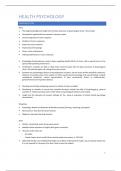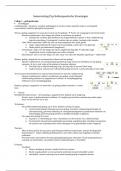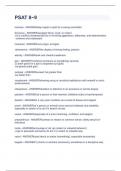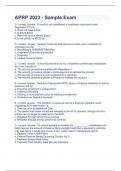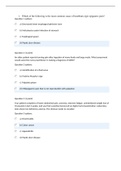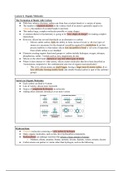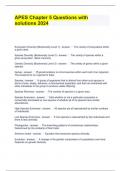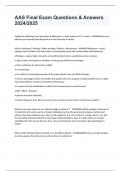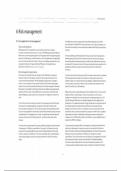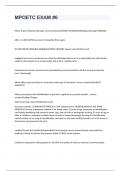College aantekeningen
lecture notes: Health Psychology Part 2
A comprehensive course text based on the lecture notes for Health Psychology Part 2 by von Leupoldt Andreas. This document includes all the information from the slides, as well as additional notes from the lectures. It is highly organized with a clear table of contents (which you can find for free ...
[Meer zien]
